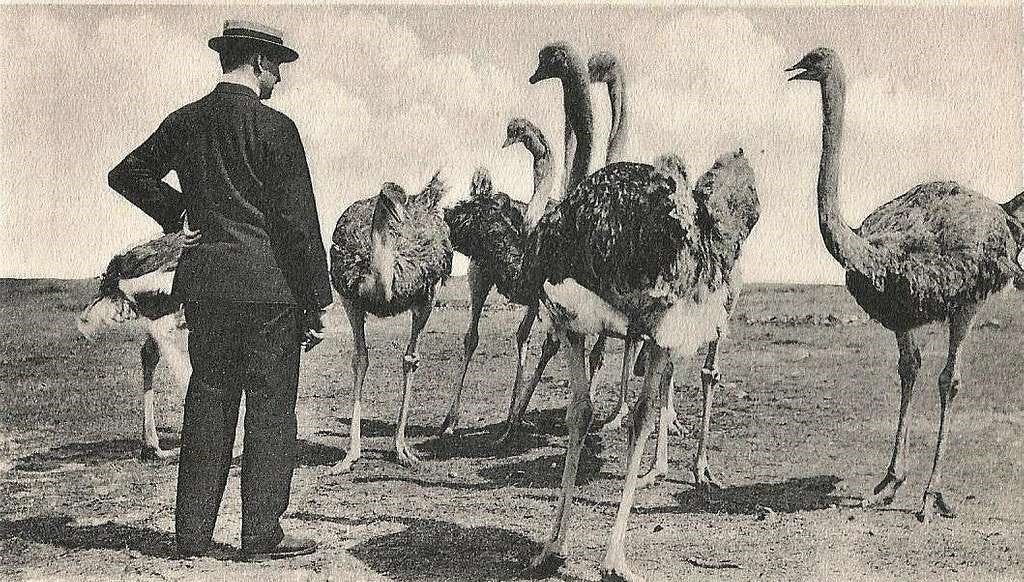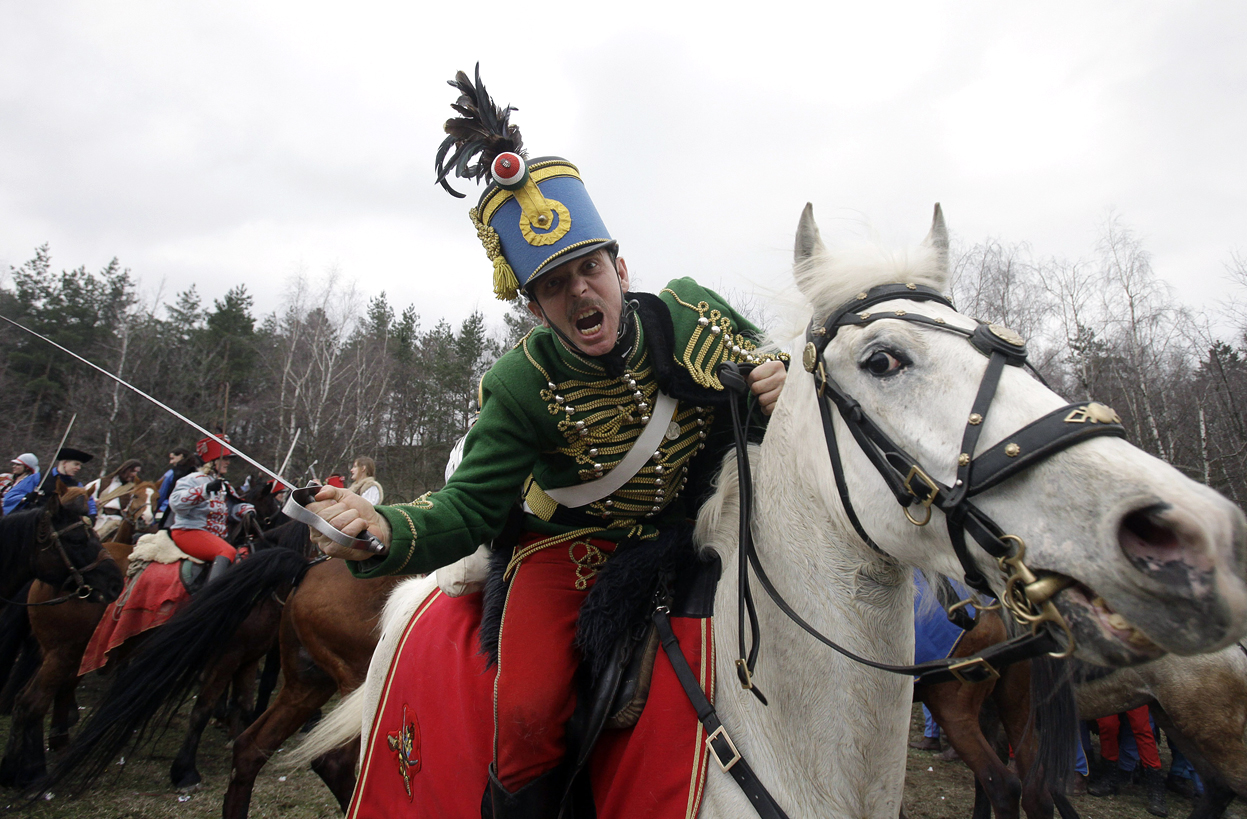In 1932, Australia witnessed an unusual conflict known as the Great Emu War, highlighting the unforeseen challenges that can arise when wildlife intersects with human endeavors. Following World War I, Australian soldiers were granted land in Western Australia to cultivate crops. However, these agricultural efforts faced an unexpected adversary: approximately 20,000 emus migrating inland, which began feasting on the farmers’ crops, leading to significant agricultural losses.
In response, the Australian government deployed soldiers armed with Lewis machine guns to cull the emu population and protect the farmlands. Despite their military training and weaponry, the soldiers found the emus to be remarkably resilient and elusive. The birds’ speed and erratic movements made them difficult targets, and the rugged terrain further hampered the soldiers’ efforts. After several weeks and expending thousands of rounds of ammunition, the operation was deemed largely unsuccessful, with only a fraction of the emu population affected.
The Great Emu War serves as a poignant reminder of the complexities inherent in managing human-wildlife interactions. It underscores the necessity for sustainable and ecologically informed approaches when addressing conflicts between agricultural practices and native species. This episode remains a unique chapter in history, illustrating the challenges that can arise when military solutions are applied to environmental issues.




